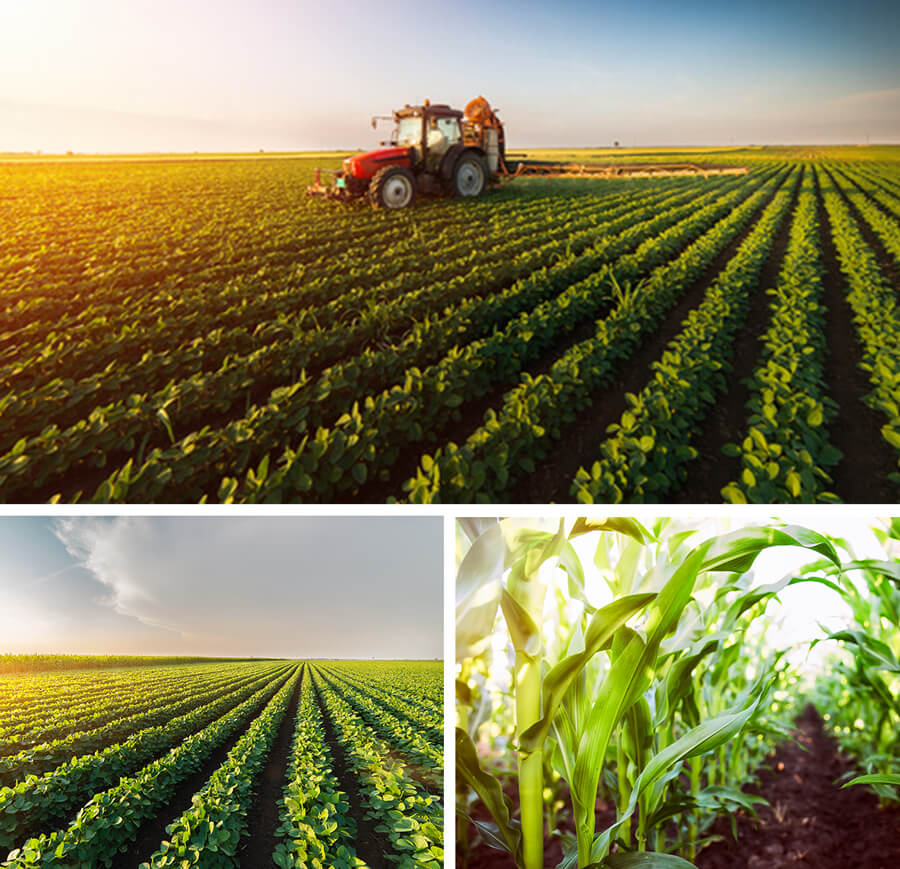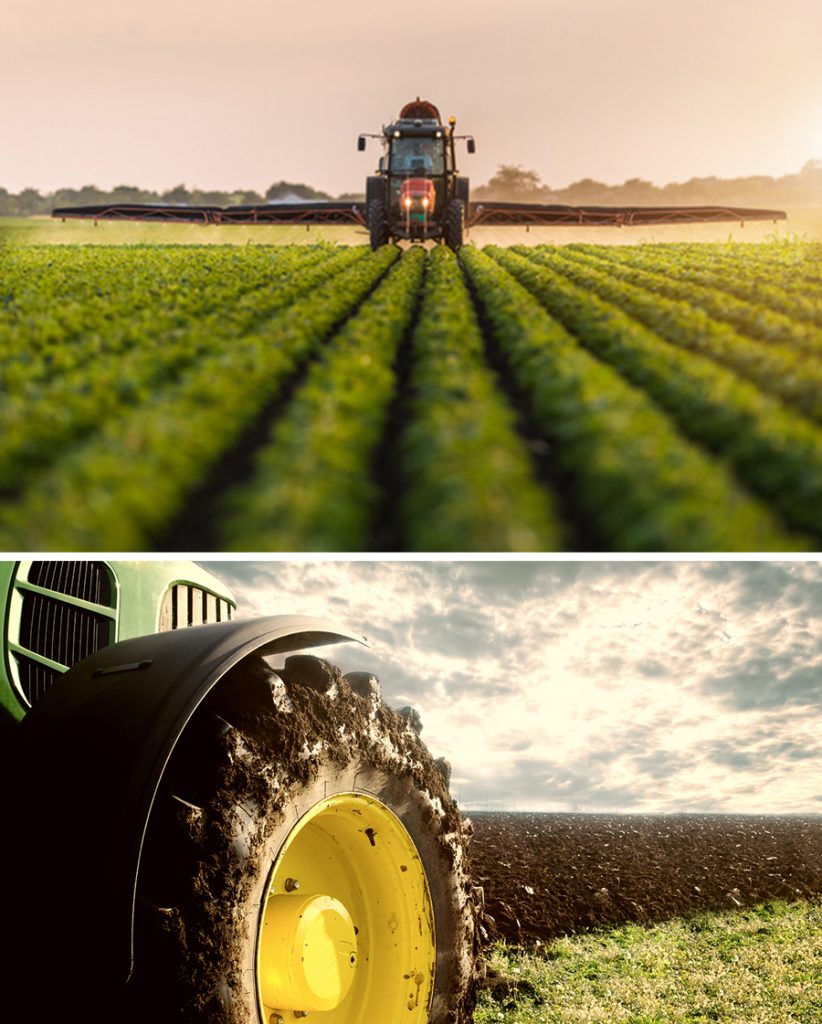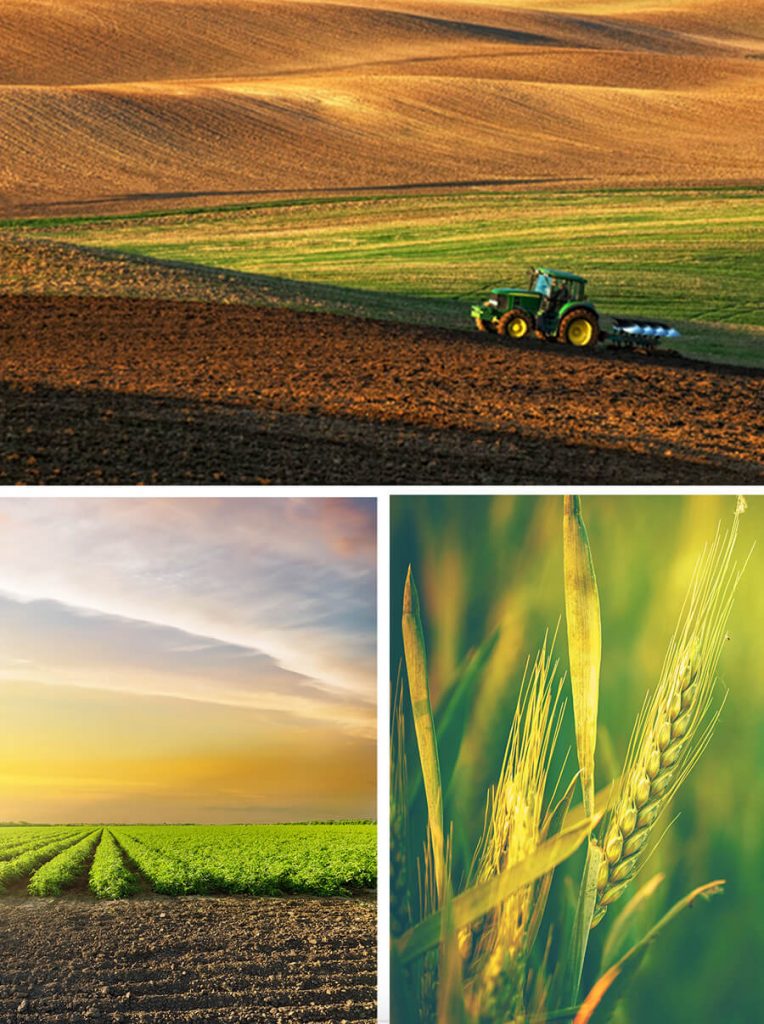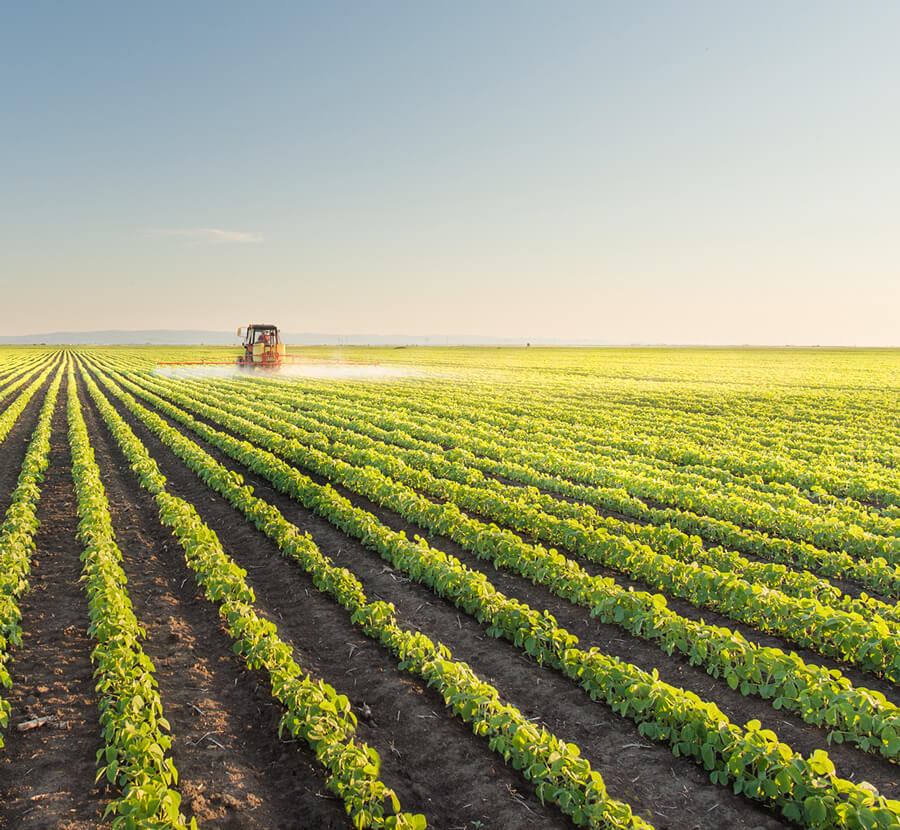BACKGROUND
6th World Congress in Rural and Agricultural Finance aims at bringing APRACA, AFRACA, ALIDE, CICA and NENARACA member institutions and all interested development sector partners together to discuss the topics that define the future of the flow of finance to the rural and agricultural sector and to bring a powerful message to the worldwide policymaking community.
The congress features global speakers and panelists from the members of regional/global associations as well as experts from the development sector around the world. It offers the attendees insights during high-impact panel discussions.
This World Congress on Rural and Agricultural finance is an excellent opportunity to create and strengthen business relationships and to promote the products and services offered by leaders in the sector to an international audience of financial sector and policy makers.
1. BACKGROUND:
The Sustainable Development Goals (SDG) adopted by the United Nations committed to address the global challenges being faced by mankind by the year 2030. They including those related to poverty, inequality, climate, environmental degradation, prosperity, and peace and justice. As per the SDG Goal #1 economic growth must be inclusive to provide sustainable employments and promote equality which will in due course help to end extreme poverty in the most impoverished areas. The main objective of Goal # 2 of Agenda 2030 is to promote investments in agriculture which is crucial to enhance the capacity for agricultural productivity and sustainable food production systems which eventually are necessary to help alleviate the perils of hunger. As the producers of food, farmers’ role in hunger eradication is obvious, but farmers also represent one-third of the world’s population and majority of them are small-holder and it is imperative that major investments should be targeted to small-holder agriculture. Access to finance is considered as the critical inputs for the growth of the agriculture and allied sector.

Being mindful to this emergent situation and urgency to improve the flow of finance and investment in rural and agricultural sector with a larger objective to achieve the financial inclusion, the regional and global rural and agricultural credit associations unanimously adopted to convene the ‘World Congress on Rural and Agriculture Finance’ at regular interval (3 year) which will be hosted by the regional/global agricultural credit associations around the globe. In this direction, ‘1st World Congress’ was held in Addis Ababa, Ethiopia during 05-07 November 2005, ‘2nd World Congress’ was organized in Bangkok during 31 October-03 November 2007. The ‘3rd World Congress’ was held in Marrakech, Morocco during 26-30 October 2010; Paris hosted the ‘4th World Congress’ during 26 to 28 September 2013. The ‘5th World Congress’ was last held in Dakar, Senegal, during 22-25 November 2016 and it was resolved that National Bank for Agriculture and Rural Development (NABARD), India and APRACA will co-host the ‘6th World Congress’ in New Delhi. The steering committee comprised of the representatives from all the regional/global associations met in Bangkok, Thailand during 22-23 March 2018 and finalized the modalities for the Congress. During these years, the World Congress forum brought together who is who in rural and agricultural finance and stakeholders around the globe to share experiences on emerging and cross cutting issues on the industry.
This 6th World Congress to be held at the Taj Palace Hotel, New Delhi, India on 12-13 November 2019 which is being co-hosted by the National Bank for Agriculture and Rural Development (NABARD), India and the Asia-Pacific Rural and Agricultural Credit Association (APRACA) and supported by the Ministry of Agriculture and Farmers Welfare, Government of India. This global event is being organized in collaboration with four other Regional and global Associations: the Confédération Internationale du Crédit Agricole (CICA), the African Rural and Agricultural Credit Association (AFRACA), Latin American Association of Development

2. RATIONALE:
Agriculture and its many associated value addition agribusinesses and services must play a crucial role in order to meet the 17 new global Sustainable Development Goals (SDGs), including their important goals and targets toward ending hunger, poverty and reducing inequality by 2030. The SDG investment required is estimated at more than $4 trillion annually which is a real huge task for the National governments across the developing counties.
Keeping the foregoing in view, the five regional/global rural and agricultural credit associations jointly organizing this 6th World Congress represent a broad spectrum of financial institutions, which give the highest priority and attention to development finance. These institutions operate in over 100 countries and differ in terms of their size, legal status, and economic setting. These wide variations of the world’s most dynamic financial institutions provide a very comprehensive and rich backdrop for accumulating and disseminating innovations in development finance universe. These institutions are united in their aim of promoting agricultural and rural finance systems in their respective regions, which encourage economic development while maintaining social and environmental balance. Their efforts are underpinned by the strong common values which bind them, and their forceful desire to turn diversity into a powerful driving force and catalyst for exchange and cooperation.
3. OBJECTIVES:
In the context of rapid demographic growth, uncertain agricultural production and in order to promote global value chains in agriculture, it is imperative to boost this sector (including its sub sectors) to meet the growing consumption demand. This will enable tackle food insecurity, wealth/job creation, while ensuring that agriculture and rural development is in line with sustainability, social harmony and natural resources conservation. Agricultural and rural finance institutions are major stakeholders in these challenges as they continuously innovate in order to provide rural people with the most appropriate and suitable financial services that take into account their existing needs and anticipate the change to come. The theme of the 6th World Congress has been carefully chosen as ‘Rural and Agricultural Finance: Critical Input to Achieve Inclusive and Sustainable Development’. The overarching objectives the congress is to combat poverty, inequality and respond to the threats of climate change by 2030 with the active support from financial sector and policy makers to reach out where it is urgently needed. The specific objective of the congress is to take stocks on the global approach to rural and agricultural finance which is considered as the critical input for achieving inclusive and sustainable development across the sector. The congress provides a global platform worthy to debate and share core and complimentary competencies of the financial sector on delivering finance to achieve equitable growth and development across the region and bring in the innovations and promotes international and interregional cooperation.


4. INDIA: GLOBAL AGRICULTURAL POWERHOUSE
The share of Agriculture in India’s economy has progressively declined to 14.39 percent as per the estimation for the year 2018-2019. However, the importance agriculture sector in India’s economic and social fabric goes well beyond this indicator. India is a global agricultural powerhouse. It is the world’s largest producer of milk, pulses, and spices, and has the world’s largest cattle herd (buffaloes), as well as the largest area under wheat, rice and cotton. It is the second largest producer of rice, wheat, cotton, sugarcane, farmed fish, sheep & goat meat, fruit, vegetables and tea. The country has some 138 million farm holders (Government of India Census 2011) cultivating 195 million (m) hectares (ha) land, of which 63 percent of the total cultivated land are rainfed (roughly 125m ha) while 37 percent are irrigated (70 m ha). In addition, forests cover some 65 m ha of India’s land area (World Bank 2016).
A country like India, which aspires to become a powerhouse of the world needs to change agriculture sector where most of the people having their livelihoods (around 59 percent). In other words, agriculture needs to be more productive, scientific and need capital infusion to augment the changes. Government of India
policies are directed to develop a productive, competitive, diversified and sustainable agricultural sector and also targeting to double farmer’s income by the year 2022. Financing agricultural sector is considered to be the top priority to the policy makers of the country. All these opportunities and initiatives bring in a tremendous scope for agriculture finance and provide banking facility to the farming community. The country has seen many innovations in reaching out to the farm and non-farm families so that the benefit of the economic growth in the country could be evenly distributed. The future of agriculture finance depends on factors which help the farmer to increase production, reduce inputs cost, use of scientific & ICT tools, less reliability on nature and direct market linkage would be broadly driving factors.
It is estimated that there would be a huge demand for skilled agriculture & financial professionals to meet the demand for the capital being permeated in the agribusiness and value chain development. This was possible due to the drastic change in the government policies in law and trade practice for the agriculture sector. For Example, introduction of model APMC Act, Contract farming, Negotiability of Warehouse Receipts, e-market platform for agricultural commodities etc. provided tremendous fuel to the private sector development leading to reduce the role of multiple traders & middlemen. Professionals with dipper technical understanding, agribusiness insight and providing financial services are in a greater need during the coming years. The concept of linking the Self Help Groups (SHGs) with the financial sector and collective farming model supported by the government of India are being promoted by different development organization. The SHGs and the Farmer Producer Organizations (FPOs) model already demonstrated their tremendous potential to change the landscape of agricultural and rural finance.
5. WHY YOU SHOULD JOIN THE EVENT
The speakers and panelists from all over the world will attend the 6th World Congress and share their experience and views on the topic of interest in globalization of agricultural value chains, risk mitigation in agricultural finance, financial inclusion and the growth of the SMEs with special reference to the role of the financial institutions. It will be a great occasion to hear about how the government decisions are influencing the financial institutions to create their infrastructure in the field of credit decisions, risk sharing and financial advice work while bringing the benefits of globalization to the rural areas.
The delegates will have the occasion to know better about the innovations and breakthrough in delivery of finance and how to cope with the threats of climate changes. You will also be able to listen the human resource planning by some of the most successful financial institutions on delivering the rural finance and keeping the business as the central focus of their services, how they train the workforce, what about social protection and what influence on financial institutions?

A particular focus will be made on the policy push and the best practices being followed across the continent to link the smallholder farmers and agricultural entrepreneurs with the market and financial system and risk sharing techniques. The discussions will also be around development of Farmer Producers Organizations (FPOs) and linking them with the capital and investment from private sector who already demonstrated the potential to be an important vehicle to improve the price realization of the farm and non-farm families leading them to be resilient to climatic shocks and eradicate hunger completely. We will see how all these initiatives can lead to a higher level of financial inclusion. This will allow us to compare different models, from financial institutions in developing countries across the globe.
6. PARTICIPATING INTERNATIONAL AGENCIES
It is worth mentioning that the 5 regional/global associations have the membership based in 126 countries covering 354 member institutions across the continents which itself speaks about the strength of the organizing/participating agencies. As per the latest estimates, it is expected that the 6th World Congress will attract 250 foreign participants from 70 countries representing 200 financial institutions.
- Five organizing/participating agricultural and rural credit associations are:
- Asia-Pacific Rural and Agricultural Credit Association (APRACA) based in Bangkok, Thailand: 84 institutions in 24 countries in Asia-Pacific region;
- Confédération Internationale Du Crédit Agricole (CICA) based in Bern, Switzerland: 38 institutions in 25 countries in Europe, Africa, Asia and North America;
- African Rural and Agricultural Credit Association (AFRACA) based in Nairobi, Kenya: 118 institutions from 39 countries in South, Central, East and West Africa;
- Near East-North Africa Regional Agricultural Credit Association (NENARACA) based in Amman, Jordan: 23 institutions from 16 countries in Near East and North Africa;
- Latin American Association of Development Financial Institutions (ALIDE) based in Lima, Peru: 91 institutions from 22 countries and 5 international institutions in Central and South Americas.
- Like in the past World Congress, we are expecting the following UN Agencies and international development partners are expected to join the congress:
- Food and Agriculture Organization of the United Nations (FAO)
- International Fund for Agricultural Development (IFAD)
- World Bank Group (WBG)
- International Labour Organization (ILO)
- Asian Development Bank (ADB)
- African Development Bank (AfDB)
- Inter-American Development Bank (IADB)
Remark:
- Rural and Agricultural Finance covers the flow of finance to agriculture and its subsectors, agricultural value chains, SMEs, cooperatives and other rural institutions (Self Help Groups, Producer’s Company/Organization etc.).
- Financial Institutions (ALIDE), and the Near East–North Africa Regional Agricultural Credit Association (NENARACA).
- Current investment in SDG-related areas leaves an annual financing gap of $2-3 trillion per year of which agriculture, water, climate change and related agricultural and rural infrastructure make up a majority (Schmidt Traub and Sachs, 2015).
